Earth Science and Engineering
Trend reversals in the Middle East
Conflict and economic crises, combined with pollution control measures, are changing the air above the Middle East.
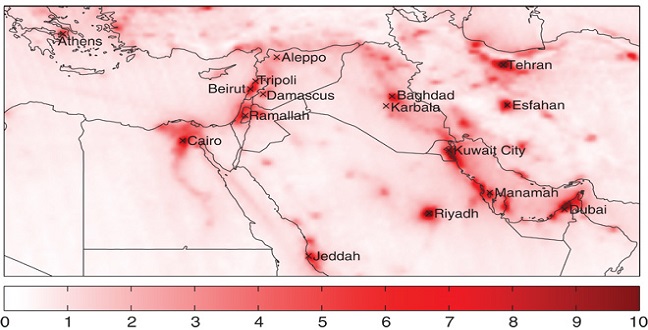
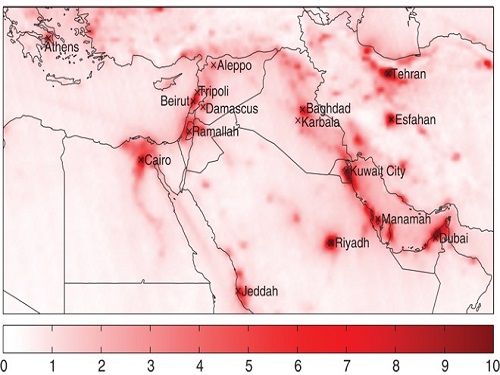
Tropospheric nitrogen dioxide over the Middle East averaged over the period from 2005-2014.
Reproduced with permission from Ref 1 © 2015 AAAS
A fall in levels of air pollution detected in the Middle East region has been revealed in a study by KAUST researchers and international colleagues. The study highlights the need to understand the links between social conditions and pollutant emissions that underpin climate projections.
Since the beginning of the 21st century, significant increases in the levels of nitrogen dioxide (NO2) and sulfur dioxide (SO2) in the air above the Middle East have been observed. Measurements indicate recent reversals of these trends in some areas.
The KAUST team, along with colleagues from Saudi Arabia, Germany and Cyprus, attribute the changes to political and social factors, in addition to planned emission-control strategies1.
The scientists suggest that economic crises and armed conflicts across the region are shifting the trends in atmospheric chemistry from those predicted by recent projections.
“These findings come from a joint research project by KAUST and Max Planck Institute for Chemistry on the interaction of dust with anthropogenic pollutants over the Arabian Peninsula,” said Professor Georgiy Stenchikov from KAUST’s Division of Physical Science and Engineering.
Dust in the atmosphere is a well-known air quality and environmental hazard. Dust also changes regional energy balance and atmospheric photochemistry due to absorption and scattering of solar and terrestrial radiation. For example, it affects the cycling of NO2 and SO2, pollutants released from the burning of fossil fuels that contribute to respiratory problems and the acidification of rainfall.
The researchers used satellite observations to monitor NO2 and SO2 trends over the Middle East from 2005 to 2014. NO2 and SO2 increased substantially from 2005 to 2010, and then declined significantly overall.
Clear variations between different regions strongly suggest the link between the changes and socio-economic conditions. For example, NO2 over some parts of Syria has decreased by 40 to 50 percent since 2011 because of declining local industries caused by the uprising that began that year and the ensuing civil war.
Over other countries, however, such decreases could be due to changing government policies, such as clean air acts. Stenchikov noted that contributions of social upheaval and deliberate pollution control measures over the Middle East are not adequately factored in the current emission scenarios used for climate projections.
Conflicts can even affect the abundance of mostly natural aerosols like dust, added Stenchikov. “An increase in dust storms in Kuwait might be connected with the war in Iraq, as the unused agricultural fields have become sources of dust,” he suggested.
Future research will also look at ozone production, which is found at very high concentrations in the Middle East.
References
- Lelieveld, J., Beirle, S., Hörmann, C., Stenchikov, G. & Wagner, T. Abrupt recent trend changes in atmospheric nitrogen dioxide over the Middle East. Science Advances 1, e1500498 (2015). | article
You might also like
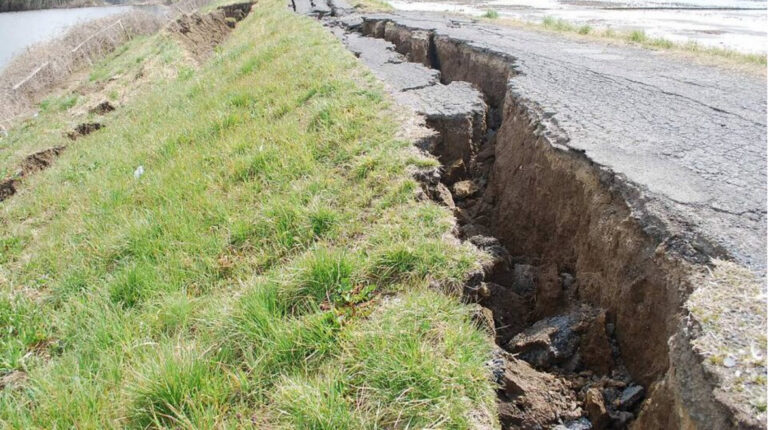
Earth Science and Engineering
When Earth breaks the “rules”
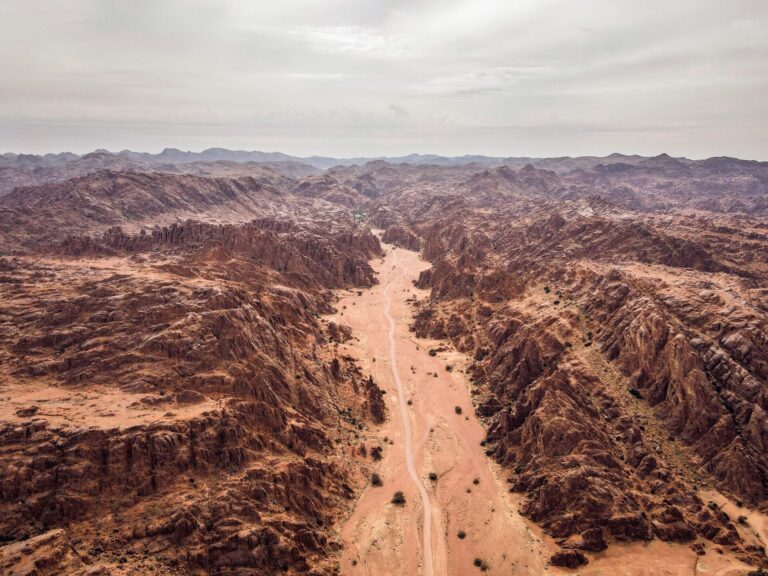
Earth Science and Engineering
Unearthing Arabia’s ancient foundations: New insights from the Ha’il terrane

Earth Science and Engineering
Sensing color cues to monitor coral health in the Red Sea
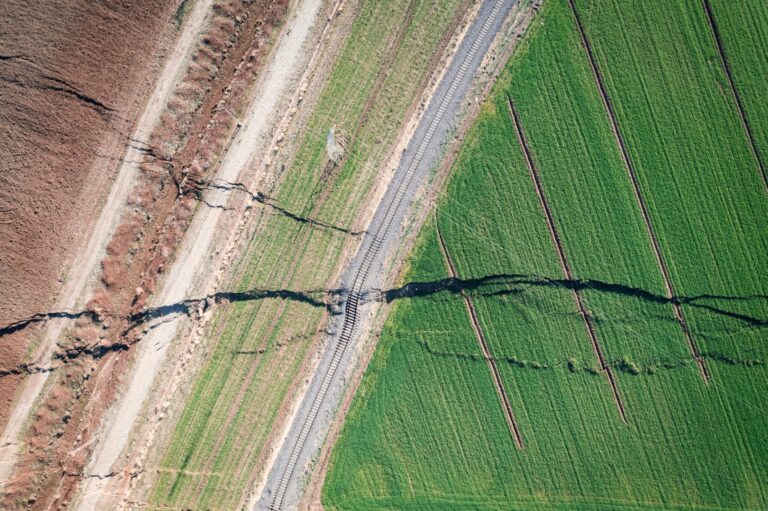
Earth Science and Engineering
Kahramanmaraş earthquake study showcases potential slip rate errors

Chemical Engineering
Unveiling the role of biomass-burning aerosols in atmospheric reactions

Earth Science and Engineering
Feeling the heat across the Middle East
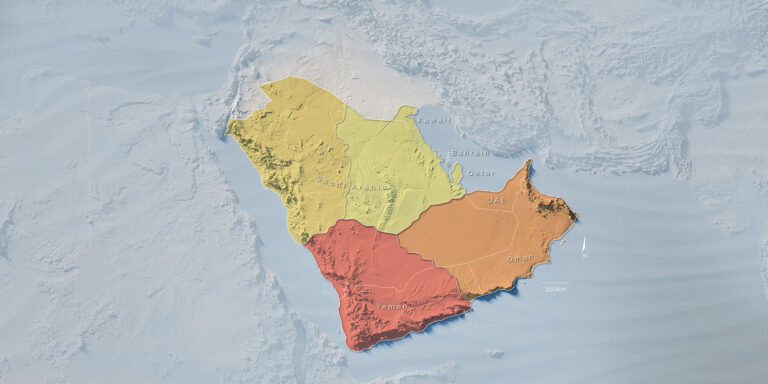
Applied Mathematics and Computational Sciences
Past and future drought patterns across the Arabian Peninsula

Earth Science and Engineering



